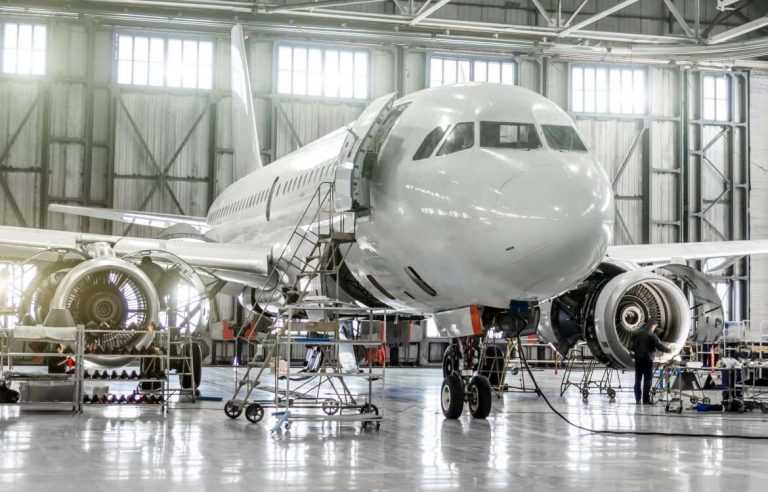

Keeping aircraft in optimal operating condition is essential to ensure safe and efficient flight. Aircraft technicians play a critical role in troubleshooting, maintaining and repairing avionics systems. Aviation colleges provide the knowledge and hands-on training aspiring aircraft mechanics need to comply with the many rules and regulations, also known as airworthiness directives, that address aircraft safety concerns.
Legally enforceable regulations, airworthiness directives (ADs) align with 14 CFR part 39, governing the condition of a product, defined as an aircraft, engine, appliance or propellor. ADs are concerned with correcting unsafe conditions in the specified components. Directives are sometimes issued when aircraft accident investigations reveal that defective products were at fault. In other cases, owners and operators notify the FAA (as directed by law) that a particular model of aircraft or related product poses possible safety risks.
Airworthiness Directives apply to aircraft owners and operators, who usually enlist the services of qualified avionics technicians to rectify any problems that pose safety hazards. Aviation maintenance guidelines are outlined in Section 91, Subpart E of the law. While owners and operators are ultimately responsible for complying with the regulation, aviation maintenance technicians should be familiar with its stipulations, too. Otherwise, they may overlook important aspects of aircraft maintenance or repairs that could spell serious trouble for owners and operators.
In the United States, the Federal Aviation Administration (FAA) issues airworthiness directives. The FAA’s Aircraft Certification Service is tasked with overseeing the continued operational safety of the manufactured products it regulates. Aviation safety engineers (ASEs), who are employed by the agency, determine whether unsafe conditions exist and whether they warrant a directive. ASEs also enact airworthiness directives for products manufactured in other countries and approved for use in the US.
If you want to learn about aviation maintenance technology and how it’s used to follow important safety protocols, attending an airplane mechanic school can help you get your career off the ground. Contact us for more information or enroll today.
Affiliate Partner Program | Jobs at Spartan | Privacy Policy | Opt-out Policy | Privacy Notice - California Residents| Notice of Non-Discrimination | Website Accessibility Help | Transparency in Coverage Act
© 2024 SPARTAN COLLEGE OF AERONAUTICS AND TECHNOLOGY. ALL RIGHTS RESERVED.